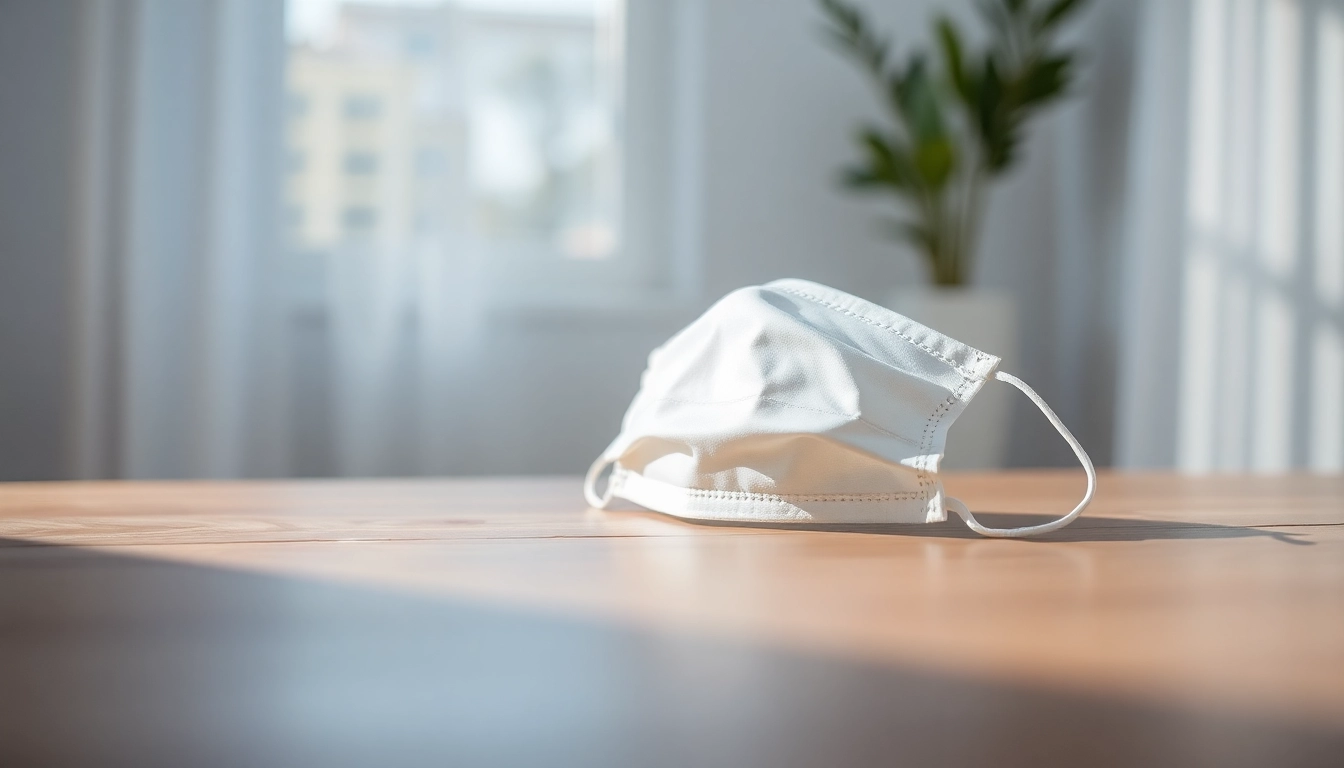1. Introduction to Face Masks
In the realm of skincare, the importance of a face mask cannot be overstated. These versatile products serve both as a luxurious self-care treat and as a pivotal aspect of an effective skincare regimen. Whether you’re looking to hydrate, exfoliate, or combat signs of aging, understanding the myriad functions and benefits of face masks can elevate your skincare game. This article delves into the exciting world of face masks, exploring their various types, benefits, and practical application techniques to help you achieve radiant, healthy skin.
1.1 What is a Face Mask?
A face mask is a skincare product designed to deliver concentrated ingredients to the skin’s surface. Typically applied in a thick layer and left on for a specified period, face masks work more intensively than standard moisturizers or creams. They are formulated to perform specific functions, such as cleansing, hydrating, nourishing, or treating particular skin conditions. Ranging from sheet masks to clay and peel-off varieties, the options available cater to diverse skin types and concerns.
1.2 Types of Face Masks
Face masks come in various forms, each with unique characteristics and intended uses:
- Sheet Masks: Made from cotton, hydrogel, or cellulose, these masks are soaked in serums that target hydration and specific skin concerns.
- Clay Masks: Ideal for oily or acne-prone skin, clay masks draw out impurities and excess oil, promoting a clearer complexion.
- Peel-Off Masks: These masks adhere to the skin and are peeled away, effectively removing dead skin cells and impurities.
- Cream Masks: These provide deep hydration and nourishing benefits to the skin and are suitable for dry or aging skin.
- Overnight Masks: Applied before bed, these masks work overnight to optimize skin hydration and recovery during sleep.
1.3 Why Use a Face Mask?
The use of a face mask enhances your skincare routine in several impactful ways. It allows for an intense treatment of skin concerns while also promoting self-care and relaxation. The process of applying a mask can create a ritual that encourages mindfulness and stress reduction, thus benefitting not only the skin but also your mental well-being.
2. Benefits of Using a Face Mask
Face masks offer a multitude of benefits, tailored to meet the needs of different skin types and conditions. Their concentrated nature makes them particularly effective in targeting specific issues:
2.1 Hydration and Moisture Retention
Hydration is crucial for maintaining skin elasticity and overall health. Many face masks are formulated with hydrating ingredients like hyaluronic acid, glycerin, and various oils that help lock moisture into the skin. By using hydrating masks regularly, individuals can observe significantly improved moisture retention, resulting in a plumper and more youthful-looking complexion.
2.2 Anti-Aging Properties
The aging process is characterized by the loss of collagen and elastin, leading to wrinkles and sagging skin. Face masks that incorporate potent anti-aging ingredients such as retinol, peptides, or antioxidants can help combat these signs. By stimulating cell turnover and enhancing skin structure, these masks can contribute to a more radiant and youthful appearance over time.
2.3 Targeted Treatment for Skin Issues
Different skin conditions require unique approaches. Face masks tailored for specific problems—like acne, dullness, or sensitivity—can be highly effective. For instance, a mask containing salicylic acid can help to clear congested pores in acne-prone skin, while those with soothing ingredients like chamomile or aloe can alleviate irritation for sensitive skin.
3. How to Choose the Right Face Mask
Choosing the right face mask involves understanding your skin type, knowing what ingredients work best for your concerns, and considering seasonal changes that might affect your skin’s needs.
3.1 Understanding Your Skin Type
Before selecting a face mask, it’s essential to recognize your skin type: oily, dry, combination, or sensitive. Oily skin often benefits from clay masks to absorb excess oil, while dry skin thrives with hydrating cream or gel masks. Sensitive skin may require masks with calming, non-irritating ingredients.
3.2 Ingredients to Look For
Different ingredients serve distinct purposes in skincare. Some beneficial ingredients include:
- Hyaluronic Acid: A powerful humectant known for its ability to attract moisture.
- Salicylic Acid: Effective for acne-prone skin, it helps to unclog pores and reduce inflammation.
- Vitamin C: An antioxidant that brightens the skin and reduces signs of aging.
- Niacinamide: A form of Vitamin B3 that helps to strengthen the skin barrier and improve texture.
- Aloe Vera: Famous for its soothing and hydrating properties, great for sensitive skin.
3.3 Seasonal Face Mask Recommendations
Your skin’s needs can change with the seasons. In winter, hydrating masks with oils or butters can aid in combating dryness, while in summer, lighter gel masks with soothing ingredients can cool and refresh the skin. Transitioning between seasons may also require adjustments in your skincare routine, including your choice of masks.
4. Step-by-Step Guide to Applying a Face Mask
The efficacy of a face mask largely depends on how well it is applied. Follow these steps to maximize your results:
4.1 Prepping Your Skin
Preparation is crucial for ensuring that your skin can absorb the mask’s beneficial ingredients. Start by cleansing your face to remove dirt and makeup. Follow up with a gentle exfoliator to slough off dead skin cells, enabling better absorption of the mask. Pat your skin dry before moving on to the application.
4.2 Application Techniques
Depending on the type of mask, application methods may vary:
- Sheet Masks: Simply unfold the mask and place it over your face, smoothing it out to ensure complete coverage.
- Clay Masks: Use a brush or your fingers to apply an even layer over the face, avoiding the eye and lip areas.
- Peel-Off Masks: Apply a thin, even layer and allow it to dry completely before gently peeling it off from the edges.
- Cream Masks: Massage the mask onto the skin in upward circular motions for even distribution.
4.3 Aftercare Steps for Best Results
After removing the mask, rinse your face with lukewarm water to remove any residue, then apply a toner to balance your skin’s pH levels. Follow up with your usual moisturizer to seal in hydration and nutrients. This step is vital in ensuring that the benefits of the mask are retained and effectively absorbed.
5. Common Misconceptions About Face Masks
Despite their popularity, many misconceptions surround the use of face masks. Addressing these myths can equip consumers with the knowledge to make informed choices.
5.1 Myths vs. Facts
Some common myths include the belief that expensive products are always more effective than affordable ones, or that all face masks provide the same benefits. In reality, effective skincare is often about understanding your specific needs rather than solely relying on product price or marketing.
5.2 Frequency of Use
Another frequent misconception is that face masks should only be applied weekly. In truth, the appropriate frequency depends on your skin type and the mask’s formulation. Oily or acne-prone skin may benefit from more frequent applications (about 2-3 times a week), while dry or sensitive skin should limit use to once a week to avoid irritation.
5.3 Price vs. Quality: What to Consider
While it can be tempting to gravitate toward high-end products, the quality of a face mask can be found at various price points. It’s essential to prioritize ingredients over branding, aiming to select masks with proven benefits for your skin type and concerns. Paying attention to reviews and ingredient lists can help in discerning quality without breaking the bank.



